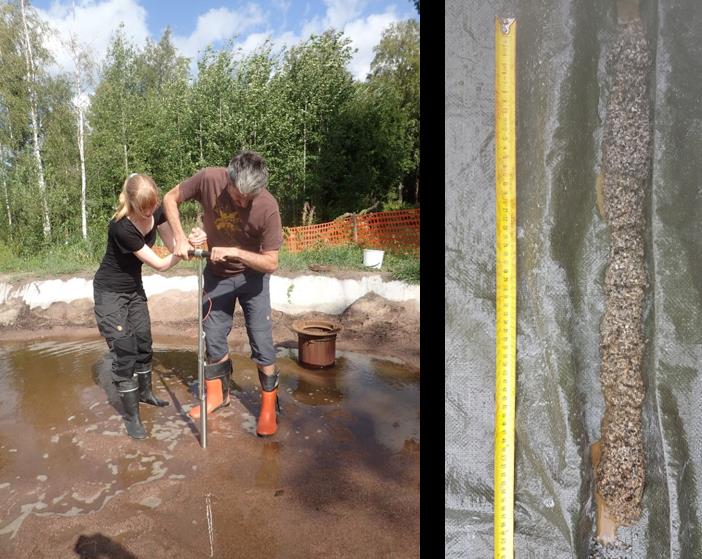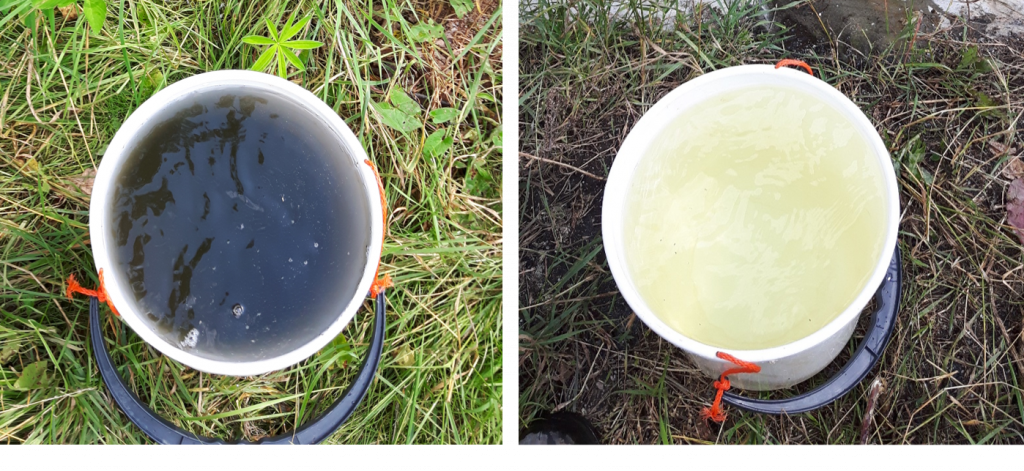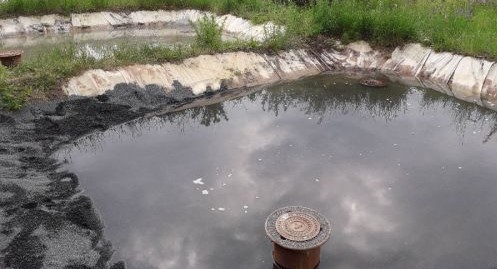Water quality in Lake Kymijärvi has been bad for many decades, due to nutrient inputs from the local area and recycling of nutrients in the lake itself. Kymijärvi is shallow, but in summer the water is stratified with a warm layer at the surface and a colder layer close to the bottom. This colder layer (the “hypolimnion”) is often lacking oxygen and contains high concentrations of nutrients, especially phosphorus.
For the last two years, a new lake restoration method has been tested in an Environment Ministry-funded project at Lake Kymijärvi. The method is called “hypolimnetic withdrawal and purification”. Its goal is to purify the deep, nutrient rich water and improve lake water quality, but also to test the potential for phosphorus recovery and circular economy.
Partners in the project include University of Helsinki, Lahti Environment Services and Nordkalk Oy Ab, assisted by local companies Sipti Infra and Rantala Timber. The team has designed, constructed and tested a new system in which hypolimnetic water is pumped from Lake Kymijärvi and purified in a filtration system in the neighbourhood of Karisto.


The two-year project has focused on testing the efficiency of the system at removing phosphorus from the lake water. In the system, hypolimnetic water is pumped through a treatment well, where phosphorus is precipitated either by oxidation of naturally occurring substances in the water or by addition of a precipitating agent. The precipitate is then trapped in sand and gravel filters, while the purified water flows back to Lake Kymijärvi via the Karisto wetland.
Encouraging results
The results are encouraging: >80% of phosphorus is removed during the purification and the water is visibly clearer downstream of the filters (see picture). The team has measured many other water quality parameters to monitor possible side-effects and assess the potential of the technique for larger-scale restoration projects. The phosphorus trapped in the filters is also being studied for its potential circular economy value.

The results of the project will be presented at Lahti Science Day on 14.11.2019 by Tom Jilbert (University of Helsinki).
For more information please contact project leader Prof. Jukka Horppila (jukka.horppila@helsinki.fi)
Lahti Science Day program: https://www.lamk.fi/fi/lahden-tiedepaiva-2019
Read also:
Highly eutrophic Lake Kymijärvi to be restored using a new method (21.5.2018)

